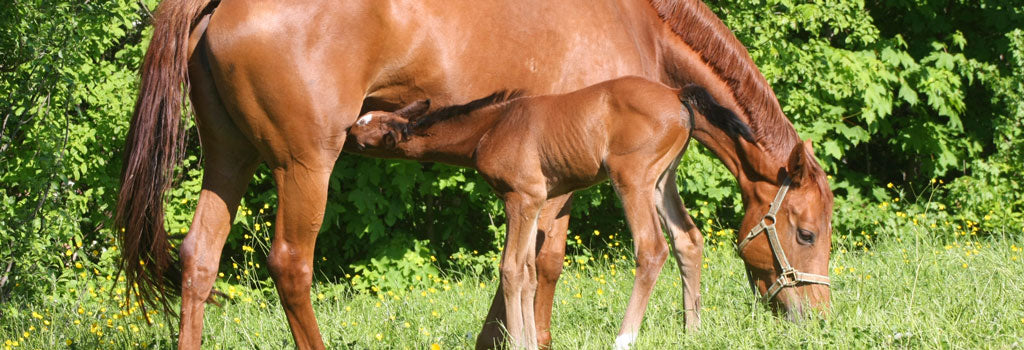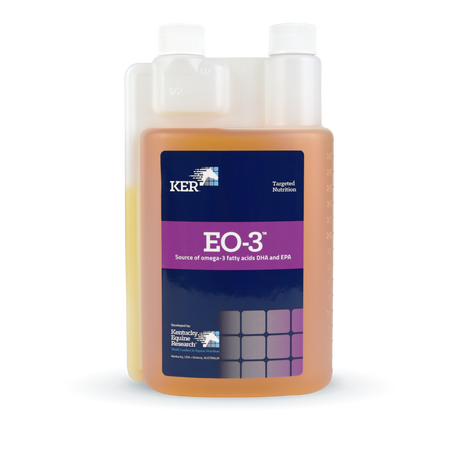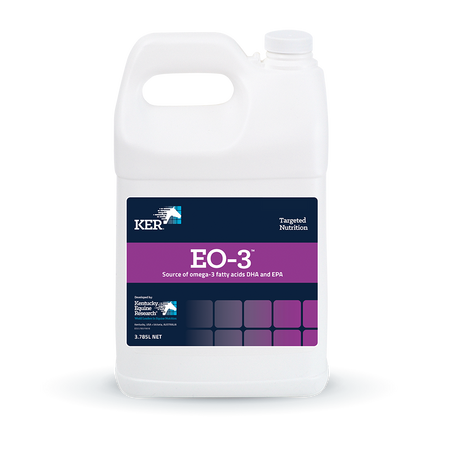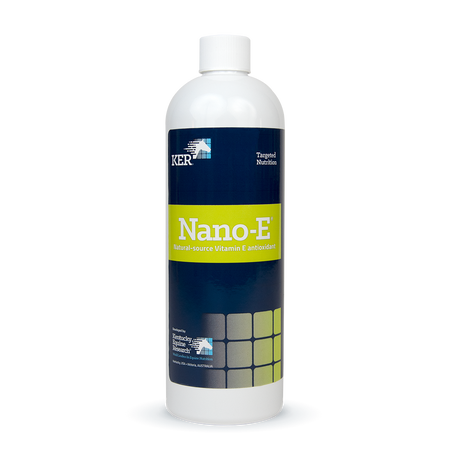
BREEDING
BREEDING
The nutritional well-being of broodmares and breeding stallions plays an important role in fertility.
The nutritional status of mares is a critical component in foal health from the moment of conception and continues through weaning.
The most common mistakes are overfeeding during early pregnancy and underfeeding during lactation. The breeder should aim to maintain the mare in optimum condition throughout the year by monitoring body condition and weight. This is the best way of ensuring the sound development and growth of the foal and the nutritional health of the mare.
Mares should be kept in moderate body condition, so the amount of supplementary feed will depend on the available pasture as well as the individual’s caloric needs. Feed mares according to their individual requirements. Be aware of differences in caloric requirements (or differences in efficiency) between breeds, understand and compensate for seasonal effects on pasture quality and quantity, and make condition scoring of mares a routine management task, acting on the slightest noticeable changes with the aim of always keeping the mare in a desirable body condition.
Finally, ensure mares receive optimal intake of nutrients during the last trimester of pregnancy in order to support the most rapid phase of fetal growth as well as to supply the trace minerals the foal will store in its liver for use during the first few months of life.
Various aspects of pregnancy and foaling can be supported and, in some cases, improved through specific nutritional support. The antioxidant vitamin E has been shown to support improved fertility in mares that have trouble conceiving. In addition to benefits from feeding a natural-source liquid vitamin E, DHA and EPA omega-3 fatty acid supplementation from fish oil has been shown to decrease the incidence of abortion, improve colostrum quality, and enhance passive transfer of antibodies to foals.
Breeding stallions require a carefully balanced diet to maintain optimal body condition and fertility. For the stallion, the year can be divided into two basic phases, the breeding season and the off-season, except for those stallions that breed in both hemispheres.
Stallions are sometimes expected to be fertile with normal sperm counts all year, every year. However, as with the mare, the fertility in the stallion varies according to the season.
From a nutritional standpoint, the act of breeding can loosely be classified as work. Breeding stallions expend nearly the same amount of energy as performance horses in light work. However, a stallion’s caloric expenditure may be elevated when bred multiple times a day and in stallions that naturally give themselves more exercise, such as those that display nervous behaviors. Additionally, some stallions continue to be in work either competing or simply being exercised, and the caloric expenditure is additive to that of breeding.
Certain aspects of stallion reproduction are improved by supplementation. In order to survive and achieve fertilization of the egg, the sperm cell must survive some harsh conditions, from freezing and thawing in the case of shipped semen, to the mare’s body and its defenses. For that reason, antioxidant protection is key when attempting to improve the chances for a successful mating. Vitamin E is an essential component of body-wide antioxidant defenses and plays a vital role in reproductive functions.
Semen contains significant amounts of fatty acids, mainly of the omega-3 and omega-6 types, as these are incorporated into the sperm cell membranes. These components are important in sperm motility, sensitivity to cold shock, and fertilization capacity. A study at Texas A&M University showed that stallions supplemented with omega-3 fatty acids showed a threefold increase in semen levels of omega-3 fatty acids and an improved semen ratio of omega-3 to omega-6.
Which solution is right for your horse?
EO-3™ Omega-3 supplement. EO-3 is a rich source of omega-3 fatty acids DHA and EPA, compounds found to optimize the well-being of all horses, regardless of age or use. Choose EO-3 to support maintenance of pregnancy, colostrum quality, and passive transfer of antibodies to foals. In breeding stallions, EO-3 helps support sperm motility and viability as well as support sperm integrity during cooling and freezing.
Nano-E® Nanodispersed, liquid natural-source vitamin E supplement. Nano-E provides a highly bioavailable natural (d-α-tocopherol), water soluble source of vitamin E to horses through a unique delivery system. Supplementation with high levels of vitamin E and C, individually or together, has resulted in increased sperm output, concentration, and motility while decreasing numbers of dead or abnormal sperm. Vitamin E has also been shown to support improved fertility in mares that have trouble conceiving.
Nano-Q10™ Antioxidant for stallion health. Coenzyme Q10 is a powerful antioxidant that improves aerobic energy generation while protecting against exercise-induced muscle damage. Nano-Q10™ is a rapidly absorbed source of coenzyme Q10 that is three times more bioavailable than the powdered crystalline form.
- What Do I Feed My Pregnant Mare?
- Omegas Benefit Broodmares Year-Round
- Mare Care: Improve Colostrum Quality
- New Hope for Ageing Broodmares: Omega-3 Fatty Acids
- Baby Weight: Keep Broodmares in Healthy Body Condition
- Breeding Stallions: Nutrition Matters
- Factors Impacting Stallion Sperm Analysis
- Benefits of Omega-3s for Stallions
- The Young Years: Nutrition from Birth to Two Years of Age
- Healthy Foals: Supporting the Intestinal Microbiome




